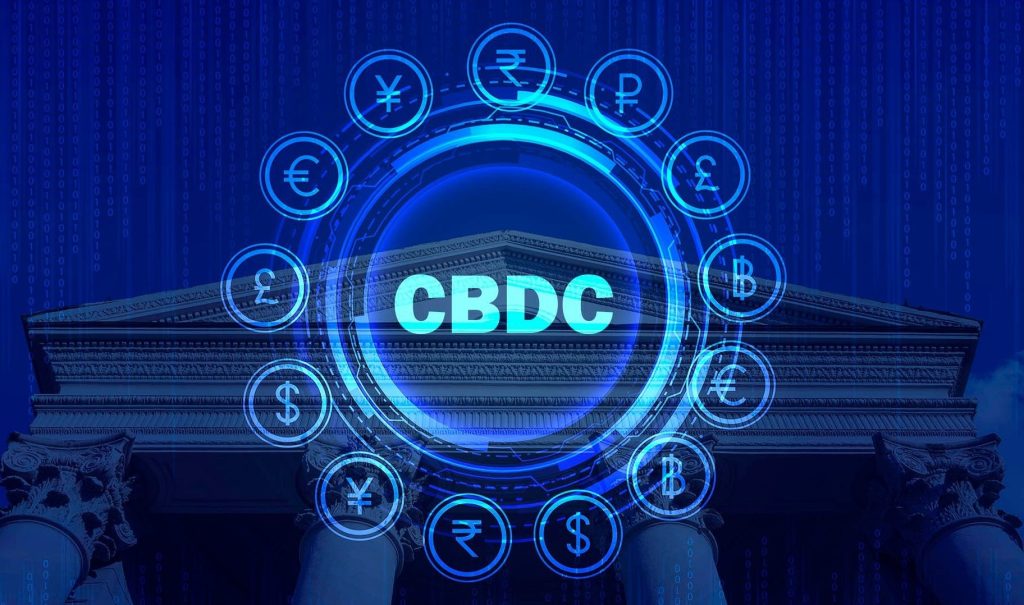Central Bank Digital Currencies (CBDCs) are emerging as the future of money for governments across the world. However, recent incidents with Brazil and Norway are sending warning signals from these crypto currencies.
The Illusion of Transparency
The purpose of central bank digital currencies is to provide efficiency and transparency. Nevertheless, on closer analysis, we see the other side. Some policymakers propose that open-source coding will help but it is far indeed from a magic bullet.
However, in the domain of cryptocurrency, open-source code is treated with incredible respect for its transparency. It facilitates third-party audits and verifies that characteristics such as supply limits are authentic. But, CBDCs has its own challenges.
Lessons from Brazil and Norway
Last year, in Brazil, the central bank’s pilot CBDC unveiled shocking spyware hidden in its code. CBDC users are the opposite of decentralized cryptocurrency users because the latter enjoy a defense against government control. Transparency, though an excellent thing to have, does not give power to citizens to make a difference.
In the U. S. open-source code transparency shows exceptions for extensive financial surveillance. Central bank of Norway’s open-source flirtation discloses short lived nature of government promises. Project Hamilton of Federal Reserve is an example of the mismatch between research and action.
The Future of CBDCs
Despite congratulations for the policymakers for the adoption of the transparency, this is far from being enough in dealing with such pitfalls of CBDC. A decentralized cryptocurrency provides users with live information that guides them to make decisions, which is something CBDCs do not offer. CBDCs may lead to consolidation of government power, which will radically change economic freedom.
As development of the CBDC takes shape, the fault lines get sharper. Transparency in itself will not address the key problem of government overreach in financial systems. In pursuit of a monetary future, the power balance is waiting in the balance.


